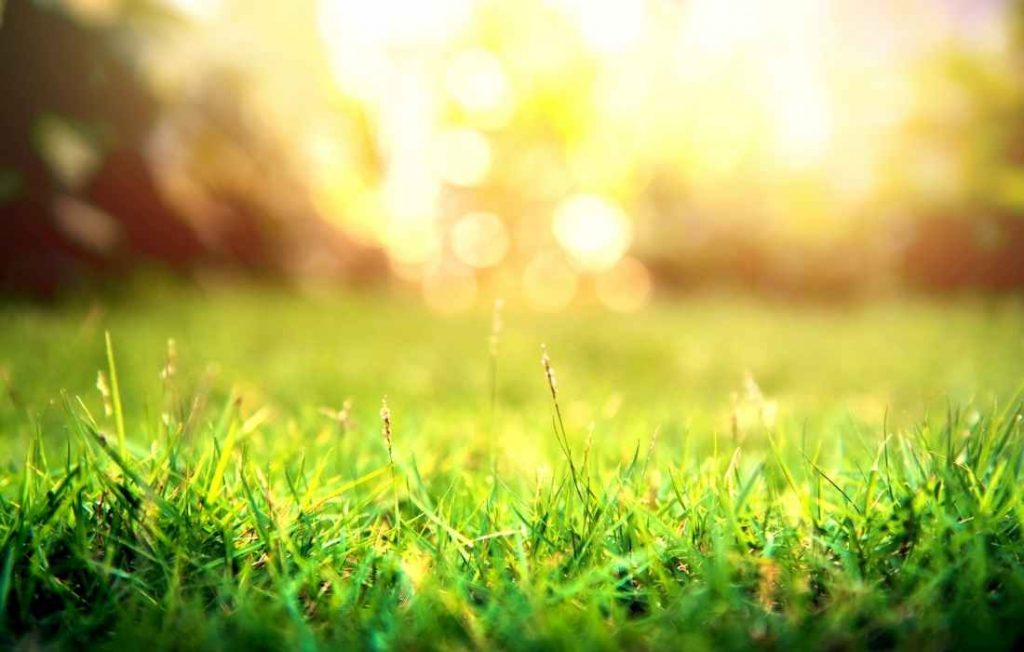
In this article we will try to tell you about “tips on how to plant grass seed”
The importance of soil in grass planting
Before you start sowing grass, first determine which parts of your garden you will be planting grass. Secondly, the thing you should pay attention to is the quality of the soil where you plan to plant grass. It is very important for the lawn to have a certain standard of soil. Because grass takes the air, water and nutrients it needs from the soil. However, some soils are not suitable for growing grass. Some are very clayey, some are very firm, and some are very sandy. If you try to grow grass in these three unfavorable environments, your lawn pleasure in your garden will result in unhappiness in a short time, as the roots of the grass will not be able to get enough air and water from the soil.


What You Need to Do to Have the Right Soil
1. Clean both the surface of the area you plan to germinate and any unseen debris (stone, rock, wood, bush, etc.) under the soil.
2. In order for the water not to collect at a certain point during irrigation, you need to prevent the drainage problem, if any. For this, you can fill the remaining places.
3. Hoeing is very important if you want to have a good lawn area. For this, at least 15 cm. You need to hoe deep. In this way, if you will be mixing the upper and lower layers of your soil with each other, you will also aerate your soil. In addition, with this process, you will clean the unnecessary debris from under your soil. Another benefit of this process is that you will protect your lawn against disease, thirst and the negative effects of dry weather. If your garden is small, you can hoe the hoeing process manually, but for medium and large gardens, gasoline or diesel hoeing machines will save you time and labor.
4. After cleaning and hoeing your soil and bringing the pH value to the desired level, level your soil.
5. Finally, compact your soil with a heavy roller, if any. Level it with the help of a rake and water it properly for several days.

What is the Best Time to Sow Grass Seed?
Grass seeds should be planted generally in Autumn and Spring seasons. Thus, the grass we planted for the first time will not be affected by the scorching heat of the summer months and will be protected from the freezing cold of the winter months. Since the grass sown especially in the summer months will be exposed to scorching heat, the humidity needed for the germination of the seed will not be met. Therefore, the grass planting process is likely to fail.

What should be the density of sowing grass?
Experts state that it would be appropriate to sprinkle grass seeds with 60-70 grams per square meter. In order for the grass area to have a balanced and homogeneous appearance, the same amount of seed should be sprinkled over the entire area. Too often sprinkled seeds will cause the grass groups to suffocate, while sparsely sprinkled seeds will cause a bad appearancs likely to fail.
Fertilization
Since grass areas are watered frequently, organic substances and nutrients in the soil are quickly depleted. In order for your lawn to continue its life in a healthy way, we need to supplement with nutrients (grass fertilizer) several times a year. When choosing a fertilizer, you should choose slowly soluble fertilizers that contain phosphorus, which is needed for your garden. Stay away from fertilizers that act quickly (make your lawn green in a short time) and dissolve quickly in the soil. These will be destroyed in a short time by irrigation and rains. It is sufficient to fertilize three times in the spring, early summer and autumn.
Be Careful with Your Fertilizer Selection
Giving too much artificial fertilizer will cause your grass roots to burn and your soil to become salty. However, we are sure that you will get high efficiency for your lawn if you use it in recommended doses.
Irrigation
Grasses love water. It should be watered every day in summer and as needed in other seasons. If you do not have an irrigation system and you are going to do this with a hose, it is important to do this by attaching a sprayer to the head of your hose so that your lawn receives water more homogeneously and evenly. Rainwater will be much more beneficial, especially if your new lawn is new.
How Do You Know If Your Lawn Needs Water? We know when our grass starts to turn from green to a yellowish or lighter greenish color. In this case, your lawn is giving you the message that I am thirsty and water me. Avoid over-watering your lawn. Overwatering can quickly lose nutrients in your soil and weaken the roots of your lawn. It will be more efficient to irrigate in the morning and evening. Irrigation, especially when the sun is high, will cause your lawn to burn. Such an irrigation method does more harm than good to your lawn.

Click here to read the Minosota University article about “Lawn care”
Click here to read the United States Environmental Protection Agency (EPA) article about “What You Can Do: In Your Yard and quick tips”
 Easy Landscape Architecture plant care, plant Encylopedia, toxic plants, plant ideas
Easy Landscape Architecture plant care, plant Encylopedia, toxic plants, plant ideas 